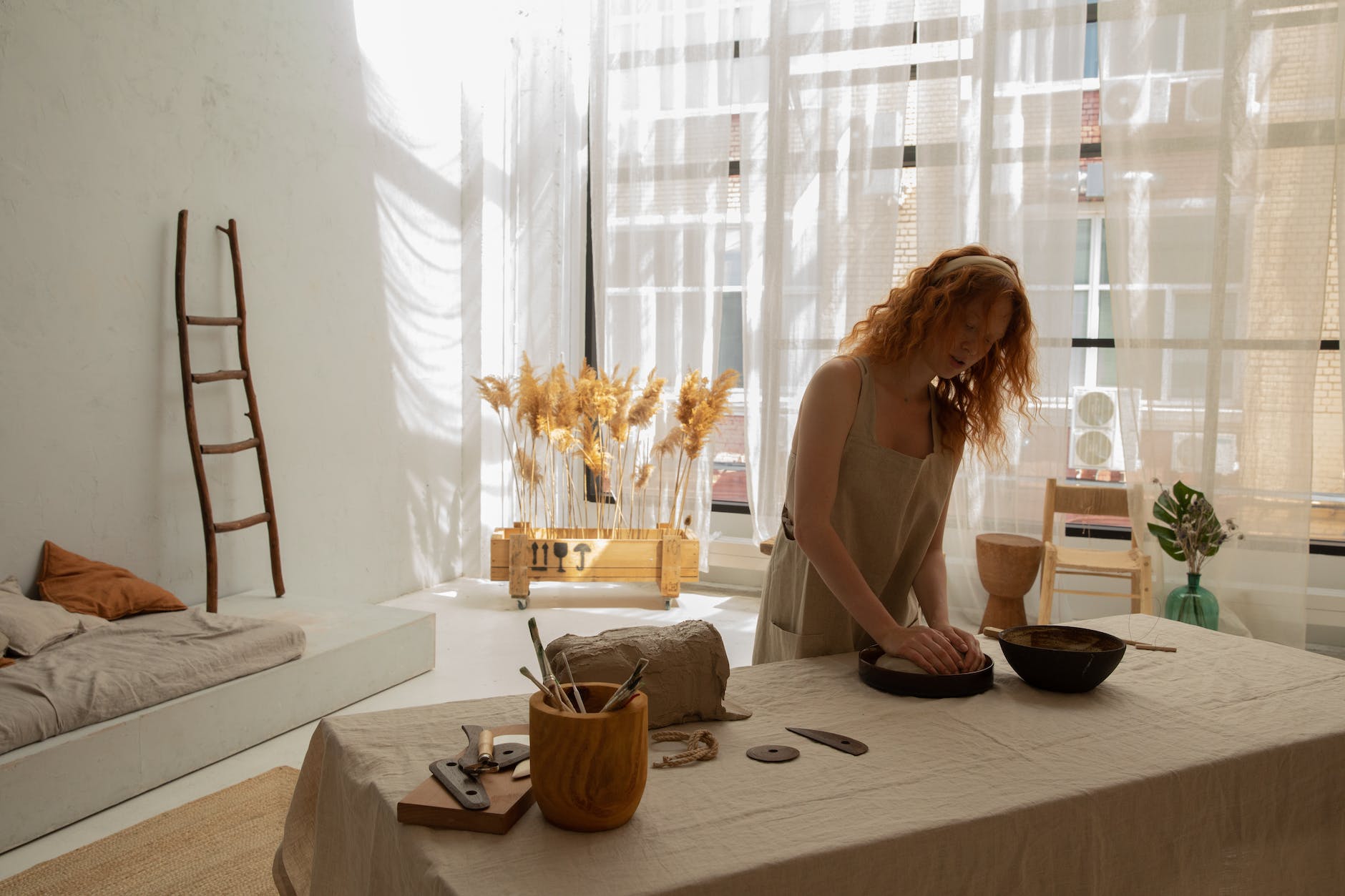Molding Minds Through Clay: Using Ceramics as an Educational Medium
Beyond studio art education, clay serves as an adaptable tangible teaching aid across many academic disciplines and grade levels from early childhood skills-building to high school chemistry and physics. Exploring the versatile utility of pottery-based learning reveals how handling and shaping clay makes lessons tactile, multisensory, and engaging.
Fostering Creativity in Early Childhood
Preschoolers readily engage with clay through instinctive sensory play, curiosity, and imagination. Squishing, rolling, smoothing clay delights while developing fine motor skills. Storytelling around modeled objects stimulates verbalizing and retention. Scaffolding keeps projects achievable but challenging as skills progress. Even basic clay unleashes creativity through unstructured play.
Teaching Hand-Eye Coordination
Shaping clay synchronizes hand movements with visual-spatial perceptions critical for early cognitive growth and coordination. The tactile feedback from molding responsive materials boosts connections between touch, sight, and 3D conceptualization. Clay construction activities nurture this foundational calibration of physicality and visualization.
Demonstrating Concepts Tangibly
As a malleable teaching aid, clay illustrates lessons visually and tangibly across subjects in higher grades. Forming atom or planet models clarifies abstractions in chemistry and astronomy. Cutting cross-section clay cakes shows geology. Pinch pots become fossils in biology. Constructing math story problems adds meaning through physicality.
Exploring Cultural Traditions Hands-on
Students mold traditional masks, tiles, and vessels to immerse in diverse cultural and historical practices kinetically. Making Hopi Storyteller figures or Ancient Greek amphorae resonates deeper experientially through firing clay yourself over passive observation. Creating pottery traditions viscerally transports students imaginatively into past eras worldwide.
Teaching Manual Construction Skills
Inclusion classes utilize clay across ages to develop constructive abilities and self-esteem through making tangible items. The medium’s flexibility suits broad cognitive, mobility, and focusing capabilities with appropriate accommodation. Students gain dignity experiencing sequential progress from malleable clay taking unique shape through their determination.
Demonstrating Physics and Chemistry
Secondary electives utilize pottery projects to illuminate ceramics’ underlying scientific principles practically. Mixing clay recipes exhibits chemistry while firing and glazing trials demonstrate heat energetics, molecular transformations, and thermodynamics. Making art through science principles cements technical comprehension.
Fostering Patience and Mindfulness
Overstimulated students rediscover focus and reflection through mindfully wedging clay, centered wheel practice, and stilling minds into present senses required while creating. The slower quieter environment stretches patience while relieving pressures demand through creative action over results. Centering manifests within and without.
Molding knowledge across disciplines, clay’s protean nature awakens versatile lessons through tangible interaction. Students gain empowerment while learning by actively doing with receptive materials that reward imagination and progress through subtle transformations from inert earth into artful acts of learning and self-discovery.
